Let's talk!
We'de love to hear what you are working on. Drop us a note here and we'll get back to you within 24 hours.
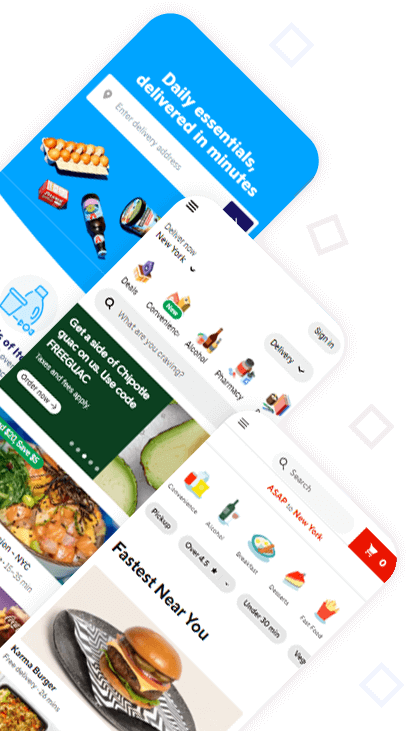
We'de love to hear what you are working on. Drop us a note here and we'll get back to you within 24 hours.
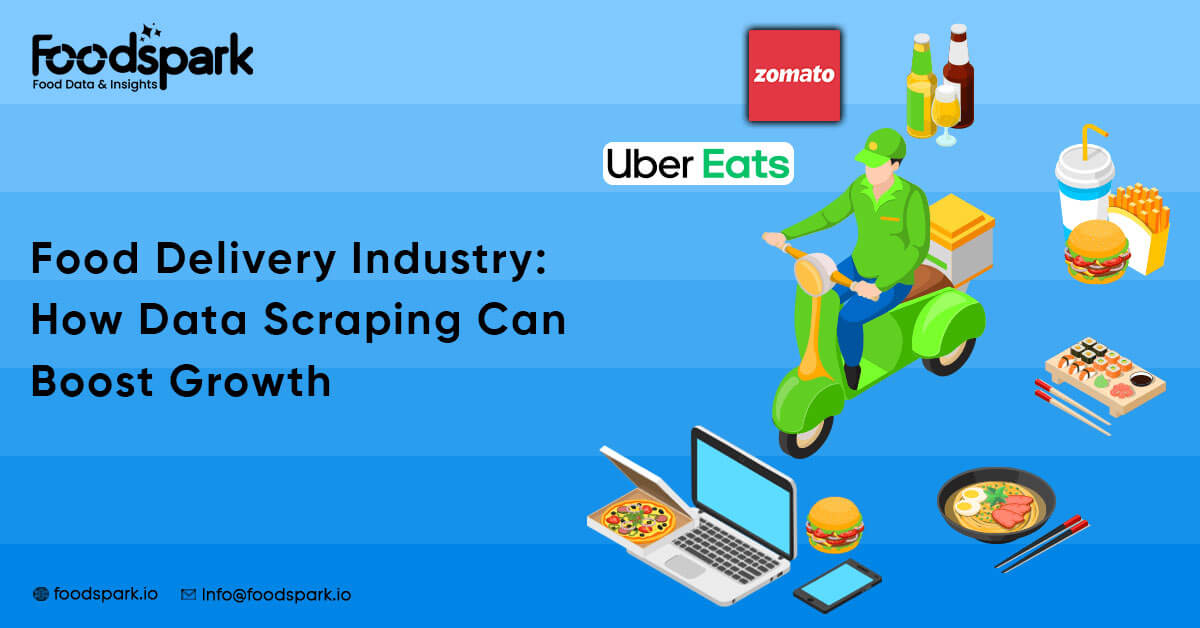
In today’s fast-paced world, the food delivery industry has witnessed a remarkable surge in popularity. With all this popularity, the competition has gotten fierce. However, amidst intense competition, businesses constantly seek innovative ways to gain a competitive edge and drive growth. One such powerful tool that has emerged in recent years is data scraping!
So, what is data scraping? It is the process of extracting useful information from different online sources. In the food delivery world, it means collecting data about what customers like, popular cuisines, delivery trends, and much more.
Now, why is data scraping such a big deal? Brace yourself for some mind-blowing stats.
Statista said the global food delivery market was estimated to be worth a jaw-dropping $161.7 billion by 2022. And it is expected to grow at 9.3% from 2021 to 2028. That’s colossal!
Data scraping techniques allow The food delivery industry to tap into this massive market potential. They can learn about customer behavior, spot emerging trends, and customize their services to keep up with the ever-changing demands of their customers.
So, if you are curious about how data scraping can help the food delivery industry thrive and satisfy appetites like never before, let’s dive deep into the world of data-driven growth and explore all the amazing possibilities.
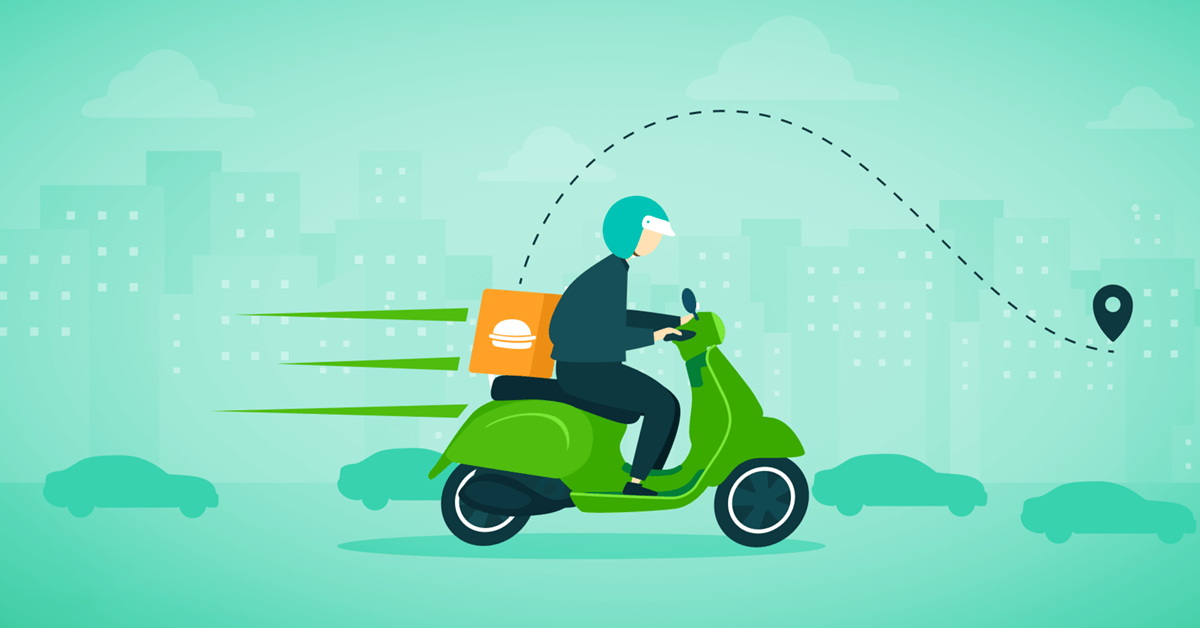
The food delivery industry is about bringing your favorite dishes to your doorstep. You can deliver it to your home, whether you are in the mood for pizza, sushi, burgers, or even some exotic cuisine.
Thanks to technological advancements and the rise of online platforms, ordering food has become incredibly convenient. You can hop onto a food delivery app or website, browse through menus, select your desired items, and place an order with just a few taps or clicks. It is like having a world of culinary options at your fingertips.
The food delivery industry has also significantly boosted local restaurants and eateries. They now have the opportunity to expand their customer base beyond their physical locations and reach a wider audience. It’s a win-win situation for restaurants and hungry customers like you and me.
1. Restaurant Information
Knowing everything about restaurants in the food delivery business is really important. We’re talking about the name, where they are at, how to get in touch, what delicate food they serve, and what type of cuisine they specialize in. Having the lowdown on which joints are up for delivery and what they’re dishing out can totally give you the scoop on the whole market. .
2. Menu and Pricing

If you want to know what other restaurants have to offer, scraping their menu data and pricing info is key. It lets you determine the popular dishes and see how prices change over time. Plus, you can compare prices across different platforms or restaurants. Just stay in the loop with any menu or pricing updates, as they can help you know what customers prefer the most.
3. Delivery Zones
Knowing where different food delivery services operate is super important. It helps you determine which areas they cover well and which ones they still need to tap into. This info is key for planning your own delivery business. By looking at the delivery zones, you can decide which regions to focus on and make your operations more efficient.
4. Customer Reviews and Ratings
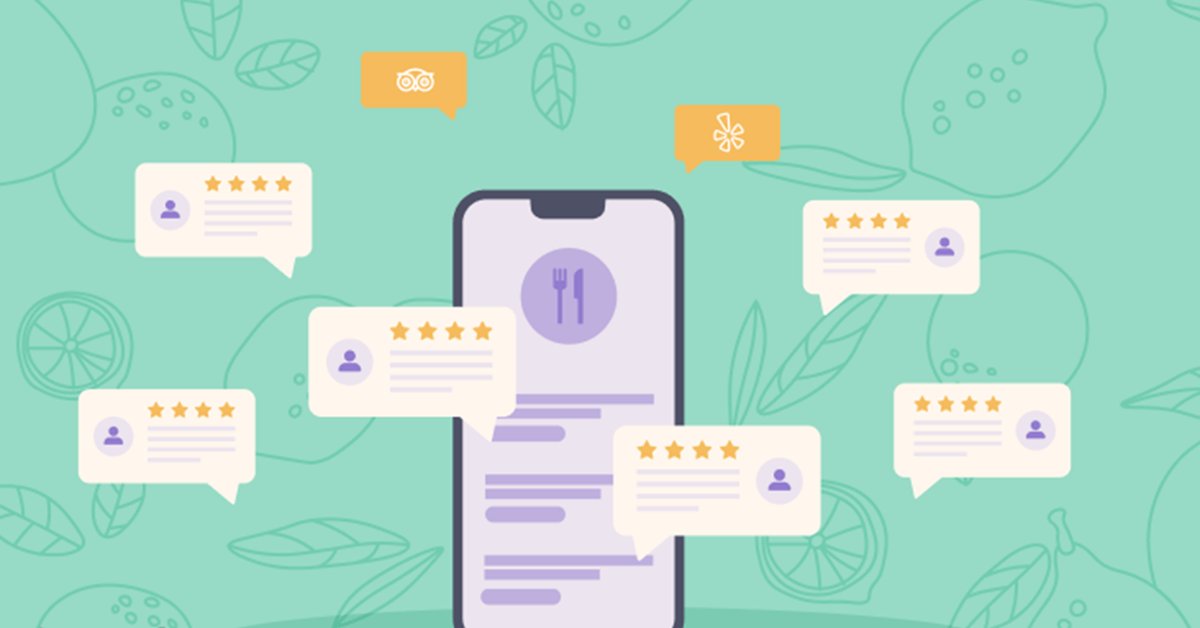
Customer feedback is like hitting the jackpot when getting helpful info. When you scrape customer reviews and ratings, you can learn a ton about how good the service is, how fast they deliver, the quality of the food, and whether customers are satisfied overall. It’s like peeking behind the scenes to see what’s going on.
Plus, when you dive into this data, you can spot patterns, determine the strengths, and see where things could use a little boost. So whether you’re running a food delivery service or just trying to be a smart shopper, this feedback is pure gold.
5. Order Volume and Frequency
Keeping track of order volume and frequency can help you gauge the popularity of different restaurants or cuisines. This data can also assist you in understanding peak hours or busy periods, enabling you to optimize your operations accordingly. You can make informed decisions about inventory management, staffing, and even promotional strategies by analyzing order patterns.
Data can play a significant role in boosting growth and improving various aspects of the food industry. Here are some ways in which data can have a positive impact:
1. Market Insights and Consumer Trends
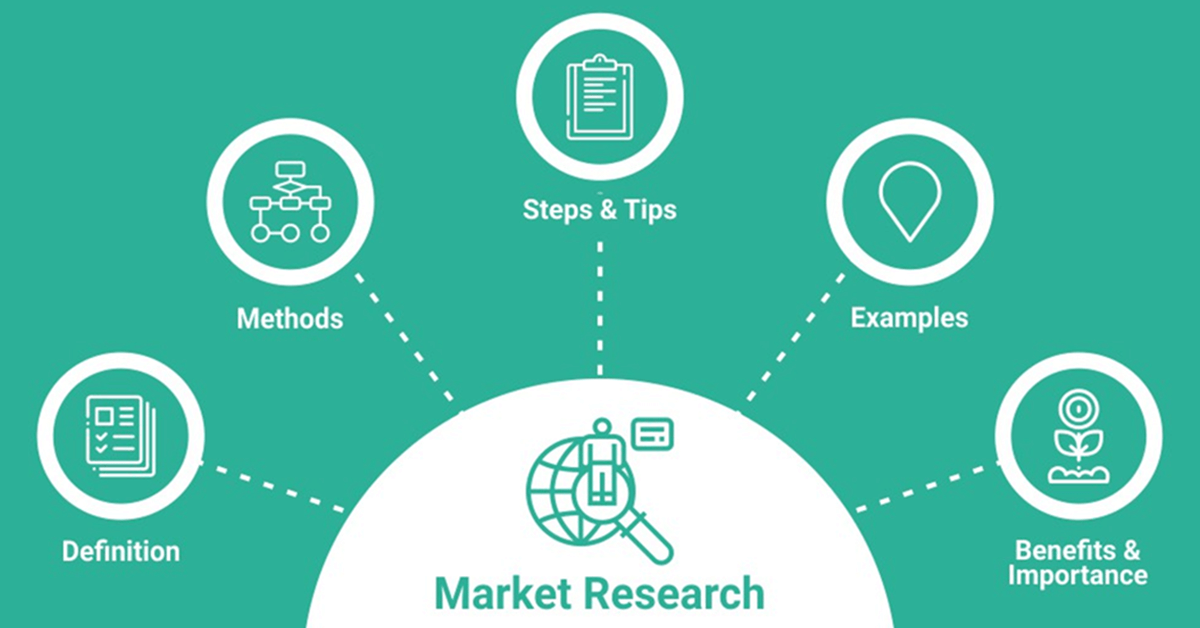
Data is essential when figuring out what people want and how the market is changing. It’s like a secret weapon that helps the food industry make smart decisions.
Companies can really understand their target audience by looking at data on what customers like, how they buy stuff, and who they are.
With all this info, they can spot new trends, predict what people will want next, and customize their products and services to match. It’s all about using data to develop clever marketing plans, create personalized experiences, and stay ahead of the competition.
Data is a goldmine of knowledge that helps food companies connect with their customers deeper and give them exactly what they want.
2. Menu Optimization
Data scraping also has the perk of menu optimization. It’s because you can gather information on which dishes are super popular, what customers like, and how to improve their dining experience.
Having all this data is awesome because businesses can figure out their best-selling items, tweak their prices, add new trending dishes, and even create menus that suit different dietary needs.
Plus, with the power of data, restaurants can make smart choices that make customers happier, boost sales, and give them an edge in the always-changing food industry.
3. Operational Efficiency

Data is essential for making a food industry business run smoothly. When you use data, you can determine what is working well and what needs improvement. It helps you make smart decisions based on real information.
Having accurate and up-to-date data is also great for making things run even better. You can make your workflows more efficient, eliminate unnecessary steps, and ensure everything is running smoothly.
Data lets you see how well you’re doing, find any problem areas, and use your resources wisely. You can make decisions based on the data and save time and money.
Plus, using data gives you an edge over your competition. You can always improve and find new ways to run your business more efficiently.
4. Supply Chain Optimization
Another benefit of data is optimizing the supply chain and ensuring that food reaches the plate efficiently. For instance, you can predict which products are likely to be in high demand, ensuring shelves are stocked appropriately.
By gathering data from food delivery websites, you can also optimize transportation routes, reducing fuel consumption and carbon emissions.
Data helps food companies minimize waste, improve efficiency, and ultimately provide us with fresher, more affordable, and more sustainable food options.
5. Marketing Analysis

One of the major ways data boost the food industry is by helping them with marketing analysis. Let’s say you are part of a great team of marketers working for a food delivery company and want to understand your customers better.
With data scraping, you can gather valuable information from different websites like restaurant menus, customer reviews, social media platforms, and competitors’ websites.
Having all that data in your hand lets you dig into popular food trends, determine what your customers like, and get a good sense of how happy they are with your services. It is like peeking behind the curtain.
Once you have all this knowledge in your hand, you can use it to shape your marketing strategies, develop killer advertising campaigns, and even tweak your menu to match what your customers want. It’s all about staying ahead of the competition and giving our excellent customers an even better experience. Data scraping is like our secret weapon!
6. Personalized Marketing and Customer Engagement
Data scraping in the food industry has another extraordinary advantage: personalized marketing and customer engagement. When you gather and analyze customer data like their past purchases, preferences, and demographic info, you can learn much about what each customer wants and how they behave.
This knowledge is valuable because it lets you create marketing campaigns and products that speak to each customer. It is like giving them a unique experience that they will love!
For example, by looking at the data, you can determine which customers have specific dietary preferences like vegan or gluten-free. You can offer them special deals and promotions that match their needs.
And that is not all! The data can also help you understand how customers like to engage with your business. Do they prefer specific communication channels? How quickly do they respond? This info lets you fine-tune your marketing strategies to ensure you’re reaching customers in the best way possible.
The food industry can take customer experiences to the next level using these data-driven insights. You’ll keep customers returning for more, and they’ll feel like you get them. It’s all about giving them personalized content and offers that make them feel special.
7. Food Safety and Quality Control
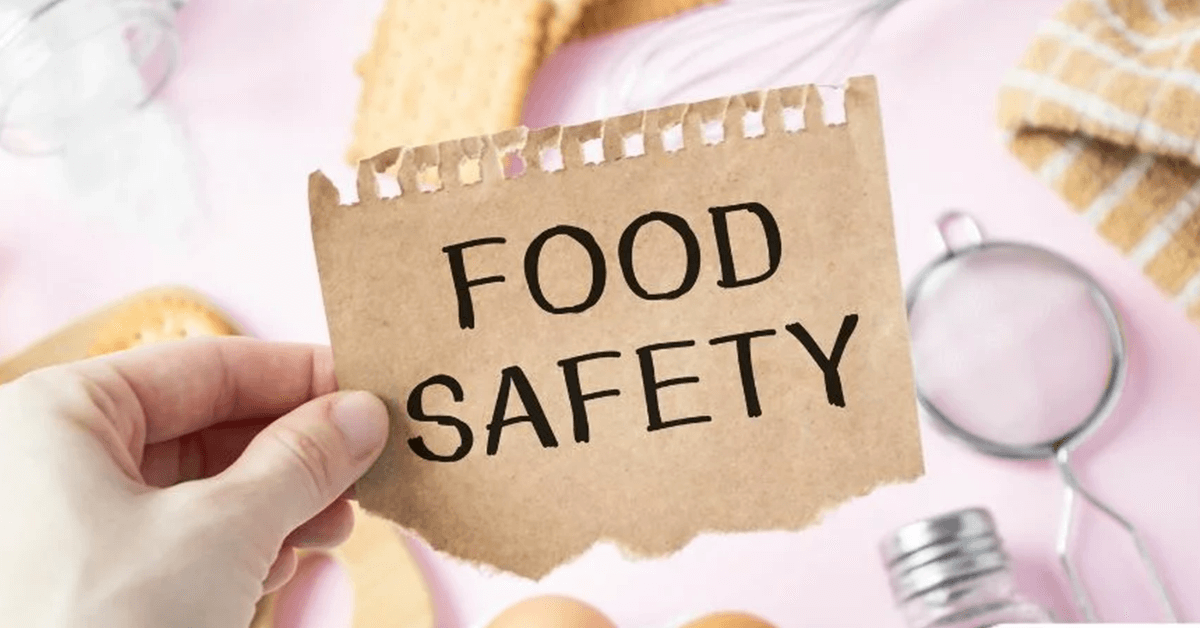
Data plays a crucial role in monitoring the food supply chain. At every step, from the farm to your plate, we can collect and analyze data to spot potential problems, track how products move around, and ensure we follow all the necessary rules and regulations.
This way, we can quickly catch and deal with any safety or quality issues, ensuring that contaminated or subpar food doesn’t end up reaching consumers.
But data is more than just helpful for immediate problem-solving. It also helps us spot patterns and trends that could affect food safety and quality in the long run.
By looking at past data, you can determine if specific problems keep popping up, identify common sources of contamination, or notice any variations in product quality. Armed with this knowledge, you will be able to take specific actions to prevent risks and improve the overall quality of what other companies offer.
In conclusion, food data scraping has emerged as a game-changer in the food delivery industry. By harnessing the power of this technology, you can gain valuable insights into customer preferences, streamline operations, and ultimately fuel growth. From analyzing menu trends to optimizing delivery routes, data scraping opens up a world of possibilities.
So, whether you are a small local eatery or a global food delivery giant, embracing data scraping could be the secret ingredient to success. It is time to dig into the data, savor the insights, and take your business to new heights in this fast-paced, ever-evolving industry.
May 15, 2024 Restaurant review analysis is the process of looking through customers’ comments online. This involves expressing comments on...
Read moreMay 6, 2024 Table of Contents In 2024, the restaurant industry is in the middle of a restructuring fuelled by...
Read more